County: Mississippi
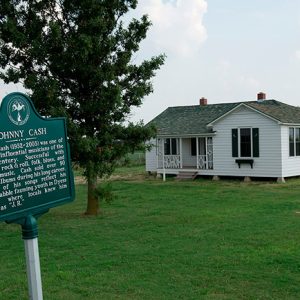 Johnny Cash Boyhood Home
Johnny Cash Boyhood Home
 Johnny Cash
Johnny Cash
 Rosanne Cash
Rosanne Cash
Cash, Tommy
Clark, John Steven (Steve)
aka: Steve Clark
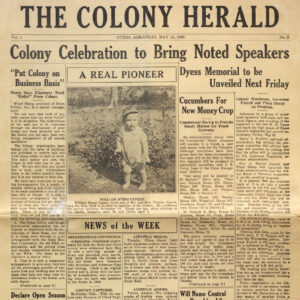 Colony Herald
Colony Herald
 Comic Book Ban Article
Comic Book Ban Article
 Comic Book Ban Article
Comic Book Ban Article
Cotton in My Sack
 Cotton in My Sack
Cotton in My Sack
Covington, Riley (Reported Lynching of)
Davis, Herman
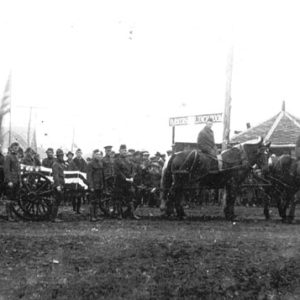 Herman Davis Funeral
Herman Davis Funeral
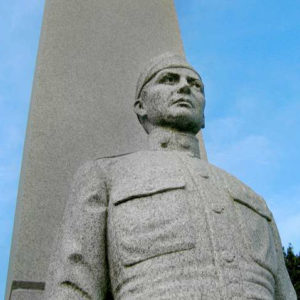 Herman Davis Statue
Herman Davis Statue
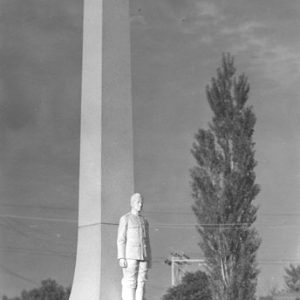 Herman Davis Monument
Herman Davis Monument
Dell (Mississippi County)
Delta Gateway Museum
aka: Kress Building
 Delta Gateway Museum
Delta Gateway Museum
 Delta Gateway Museum
Delta Gateway Museum
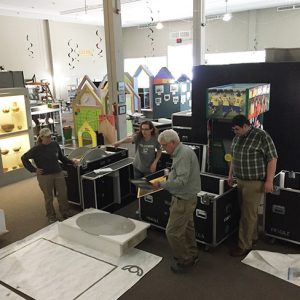 Delta Gateway Museum
Delta Gateway Museum
 Denso Plant
Denso Plant
Derrick, Kimberly
 "Don't Throw Your Love On Me So Strong," Performed by Albert King
"Don't Throw Your Love On Me So Strong," Performed by Albert King
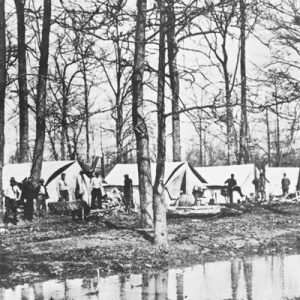 Drainage Survey Camp
Drainage Survey Camp
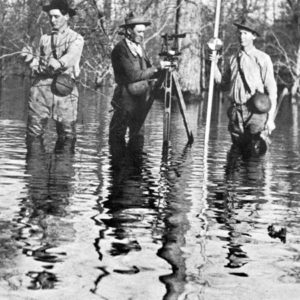 Drainage Survey Crew
Drainage Survey Crew
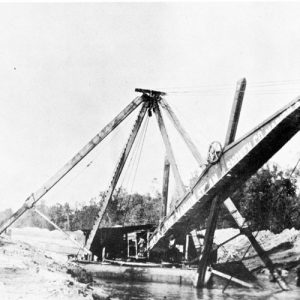 Dredge Boat
Dredge Boat
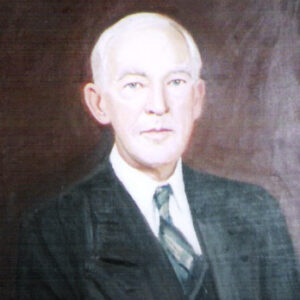 William Driver
William Driver
Driver, William “Judge”
Dyess (Mississippi County)
aka: Dyess Colony Resettlement Area
 Dyess City Hall
Dyess City Hall
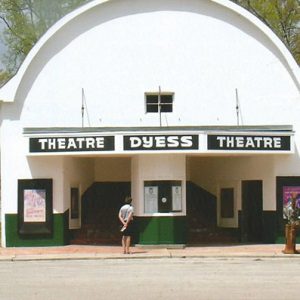 Dyess Theatre
Dyess Theatre
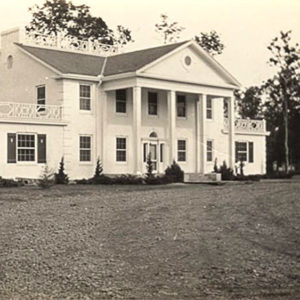 Dyess Administration Building
Dyess Administration Building
 Dyess Buildings
Dyess Buildings
 Dyess Colony
Dyess Colony
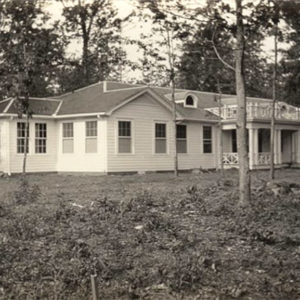 Dyess Hospital
Dyess Hospital
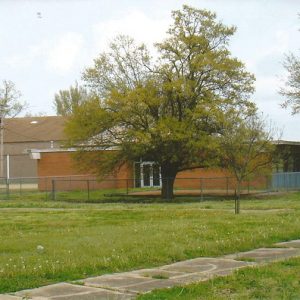 Dyess School
Dyess School
Dyess, William Reynolds
Eaker Air Force Base
aka: Blytheville Air Force Base
 General Ira C. Eaker
General Ira C. Eaker
 Ira E. Eaker Bust
Ira E. Eaker Bust
 Eaker Site
Eaker Site
 Elevation Model
Elevation Model
Emerson [Steamboat]
aka: Moline
Etowah (Mississippi County)
Evans, Dale
aka: Frances Octavia Smith
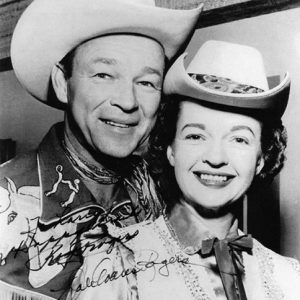 Dale Evans with Roy Rogers
Dale Evans with Roy Rogers
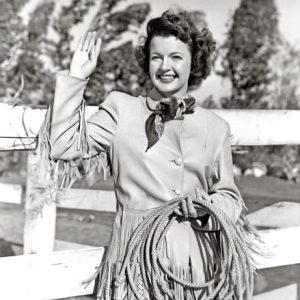 Dale Evans
Dale Evans
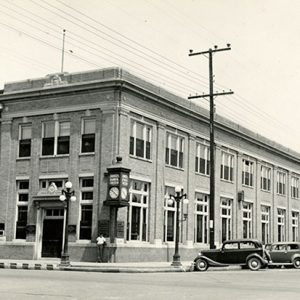 Farmers Bank and Trust Company
Farmers Bank and Trust Company




